Want Better Policies? Elect More Moms
New data shows which states elect more moms to legislatures—and why it matters.
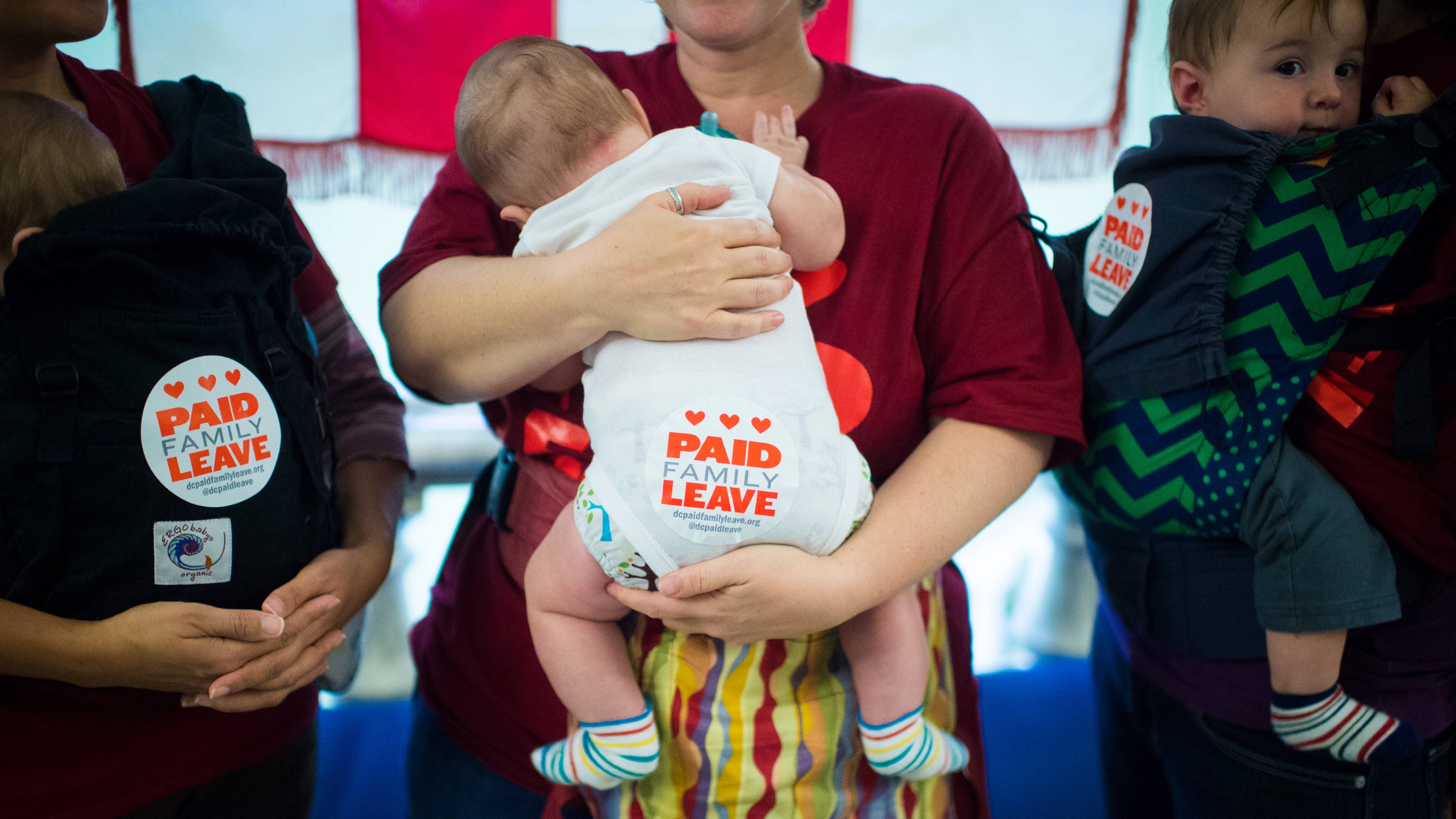

Becca Balint, the State Senate President in Vermont, recalls the moment in 2015 when she first arrived at the state capitol. The mother of two young children was shocked to see her colleagues: mostly males, over age 60, “long since retired” from the phase of working with young kids at home.
“They hadn’t been thinking about the issue of having two [parents] in the workforce,” says Balint, whose wife also worked. When she began advocating for state-supported child care, “they would tell me it was strictly a personal issue, and say ‘someone should just be home with the kids.’ ”
Balint, the current Democratic nominee for the state’s lone Congressional seat, has worked hard since that first day to position Vermont as a state on the precipice of bringing universal childcare to its residents, both to entice young families to live there and to shore up its rapidly aging workforce. The concept of who has children or care responsibilities and who makes laws matters—and it can help explain why the United States is still the richest developed country in the world not to offer federally paid leave or subsidized child care.
The Vote Mama Foundation just published their State of Motherhood report, which uncovered just how many legislators are moms with kids under 18. They found that of 7,383 state lawmakers nationwide, only 5.3 percent are mothers with kids under 18. By comparison, mothers with children under 18 make up 17.6 percent of the adult population, according to the 2020 American Community Survey.
State legislatures matter because much of the change on major public policy issues affecting families begins there. Twenty years ago, a radical idea in California took hold: to offer the nation’s first statewide paid family leave policy for its residents. It continues to benefit people of all genders caring for children and family members with health issues. California’s actions have laid the groundwork for 10 more states and D.C. to follow, even while federal momentum has stalled. Child care has also been elevated to a major priority recently in select states, including Vermont, New Mexico, and—in the news last week—Michigan, but the issue still struggles for attention and funding on a federal level in a meaningful way.
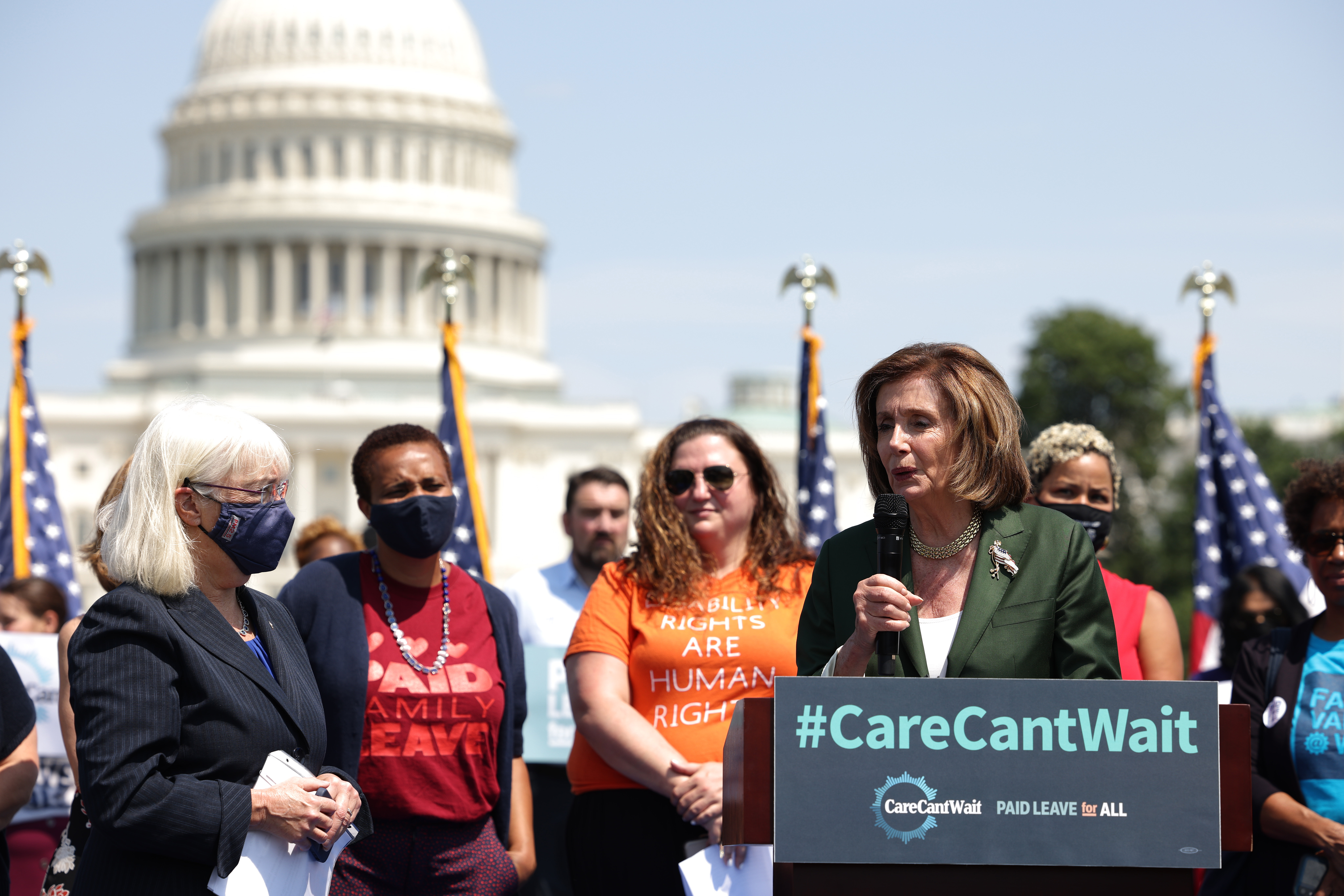
Nancy Pelosi speaks at a rally for paid leave for all in 2021.
That 5.3 percent mentioned earlier is an aggregated mean, spread across the 50 states. There are as many as 17 percent of legislators who are moms with young children in Oregon and as few as zero in Alabama. Oregon is an outlier. In every other state, the number of women with children in the legislature falls far below full representation.
Of the 10 states with the most mothers in the legislature, five have adopted or will soon implement paid family leave (Oregon, Colorado, Washington, California, Maryland). Seven of the top 10 states guarantee workers paid sick days (Oregon, Colorado, California, Washington, Maryland, Vermont, and New Mexico). All of the top 10 offer some form of universal preschool.
Stay In The Know
Get exclusive access to fashion and beauty trends, hot-off-the-press celebrity news, and more.
Of the seven states that do not have a preschool program, three (North Dakota, Montana, and Wyoming) are in the bottom 10 of the Vote Mama rankings, with the lowest share of mothers making policy decisions.
Being a woman with a young child does not always translate to policy preferences, but it does highlight what Balint recognized when she started in the state senate: to make changes affecting the livelihoods of people, there must be an understanding of the need. Parents of young children (mothers, but not always) are arguably more likely to share that unique perspective of the child care crisis—the need for paid time off to have a child or care for a sick family member without fear of losing a job.
Even more traditionally conservative women might be more amenable to thinking about solutions [to different public policy problems] because they understand the challenges.
Having women who are young mothers as policymakers “can raise the debate and conversation,” says Kelly Dittmar, an associate professor of political science at Rutgers Camden and director of research at the Center for American Women and Politics. Dittmar explains that ideology and political party can be a greater predictor of outcomes, but having more women in office has been correlated with shifts in agenda and discussion.
“Even more traditionally conservative women might be more amenable to thinking about solutions [to different public policy problems] because they understand the challenges,” says Dittmar.
Traditionally, young mothers with children have faced too many hurdles to get into elected office. But Dittmar has noticed a shift over the years in how women with kids message their experience when running for office. Instead of shying away from it, many lean into their caregiving experience as bolstering their expertise. Dittmar cites examples of campaign ads that show candidates breastfeeding, getting ultrasounds, even giving birth.
A record number of women are running for state legislature this year. According to the Gender Parity Index, eight states (New Mexico, Maine, Nevada, Washington, Michigan, Minnesota, Oregon, and New Hampshire) are critically close to reaching gender balance (at which point the percentage of women in their state legislatures reflects the population). And half the women serving in the current U.S. Senate once served in their state legislatures, which act as a pipeline for developing future leaders.
As more women with young children serve in office, it gives other women the opportunity to see them as examples and decide to take action. After the 2016 election, a record number of women signed up to run for office, many with young children. “They didn't want themselves or their child to be left out of the conversation,” explains Dittmar. “As mothers, they’re saying their perspective is making them best suited for the job. They know what’s at stake, and they can’t afford to wait.”
Rebecca Gale is an award-winning journalist covering the nexus of politics and people in Washington, D.C. She is currently a writer with the Better Life Lab at New America. Her work has appeared in The Washington Post, Roll Call, Marie Claire, Cosmopolitan, and Health Affairs, among other outlets. Follow her on Twitter @beckgale
-
 Blake Lively Reportedly Apologized to Taylor Swift for Involving Her in the Justin Baldoni Legal Dispute
Blake Lively Reportedly Apologized to Taylor Swift for Involving Her in the Justin Baldoni Legal DisputeThe longtime friends aren't letting a lawsuit come between them.
By Lia Beck Published
-
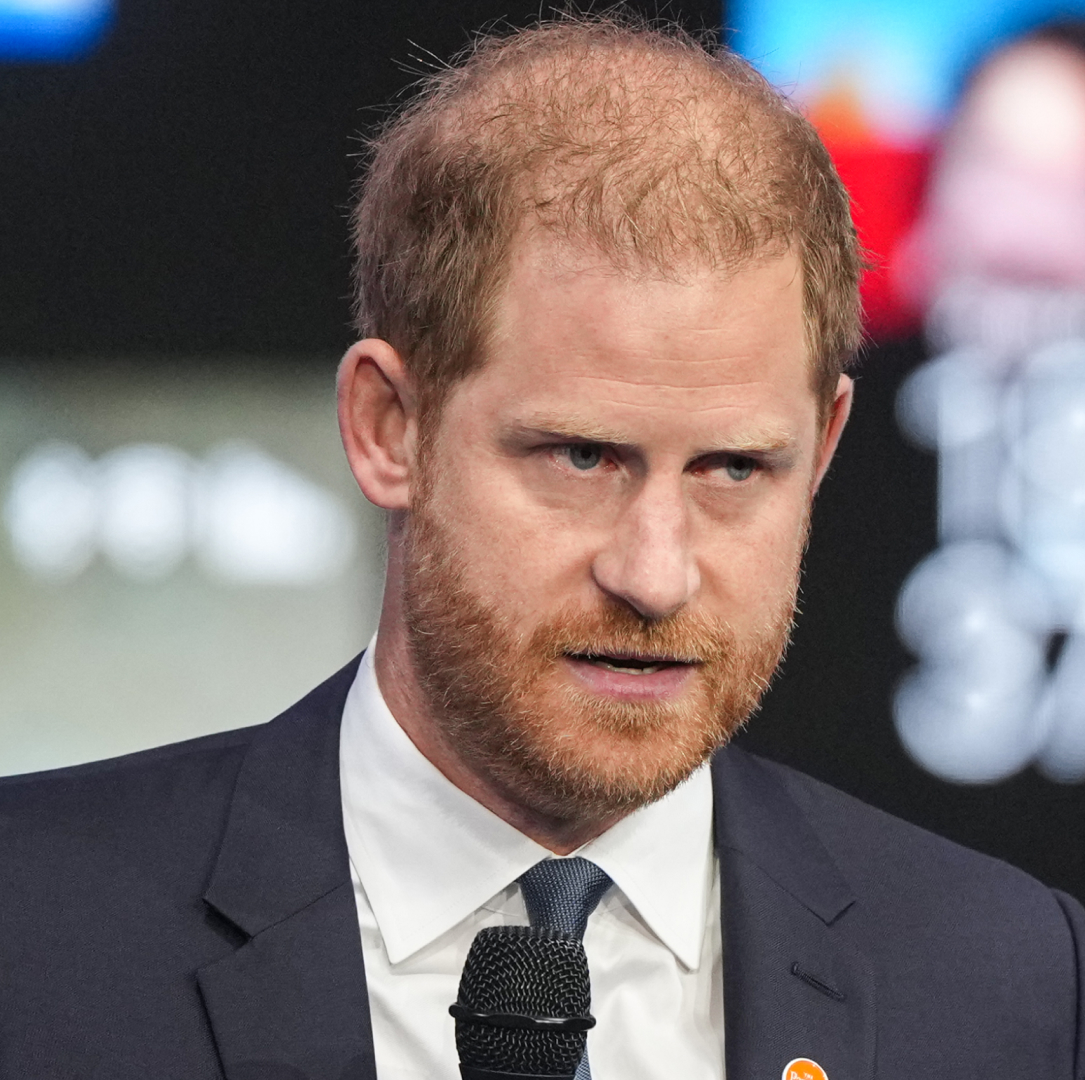 Prince Harry’s Lawyer Says the Royal Felt "Forced to Step Back" From Royal Life Over Security Battle
Prince Harry’s Lawyer Says the Royal Felt "Forced to Step Back" From Royal Life Over Security BattleThe Duke of Sussex attended a court hearing in London on April 8.
By Kristin Contino Published
-
 Just Looking at These Delicious Manicures Is Giving Me a Sugar High
Just Looking at These Delicious Manicures Is Giving Me a Sugar HighGood enough to eat.
By Samantha Holender Published
-
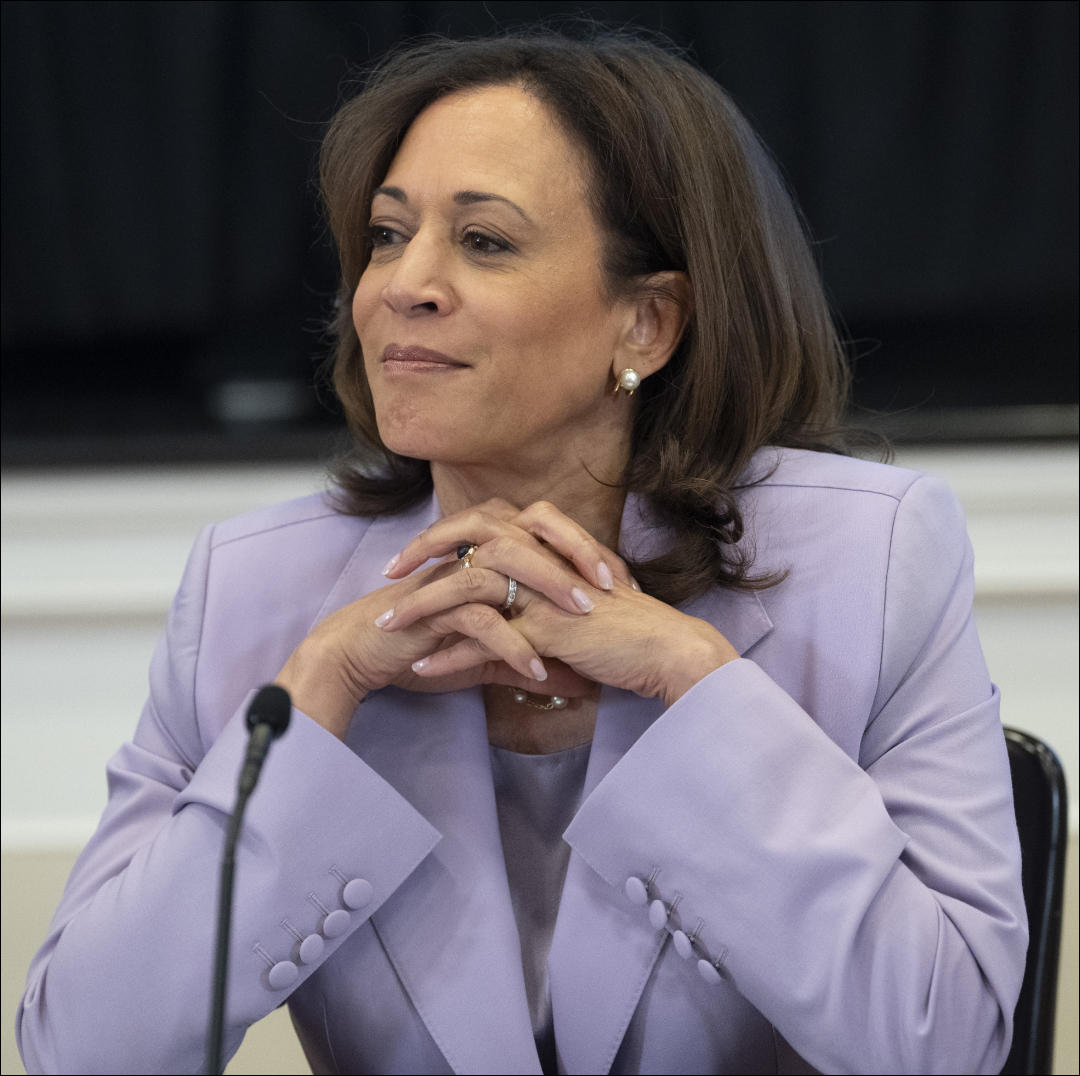 Vice President Harris Announces New Rules to Lower Childcare Costs
Vice President Harris Announces New Rules to Lower Childcare CostsHere's what you need to know about the Biden administration's latest efforts to make childcare more affordable.
By Emily Tisch Sussman Published
-
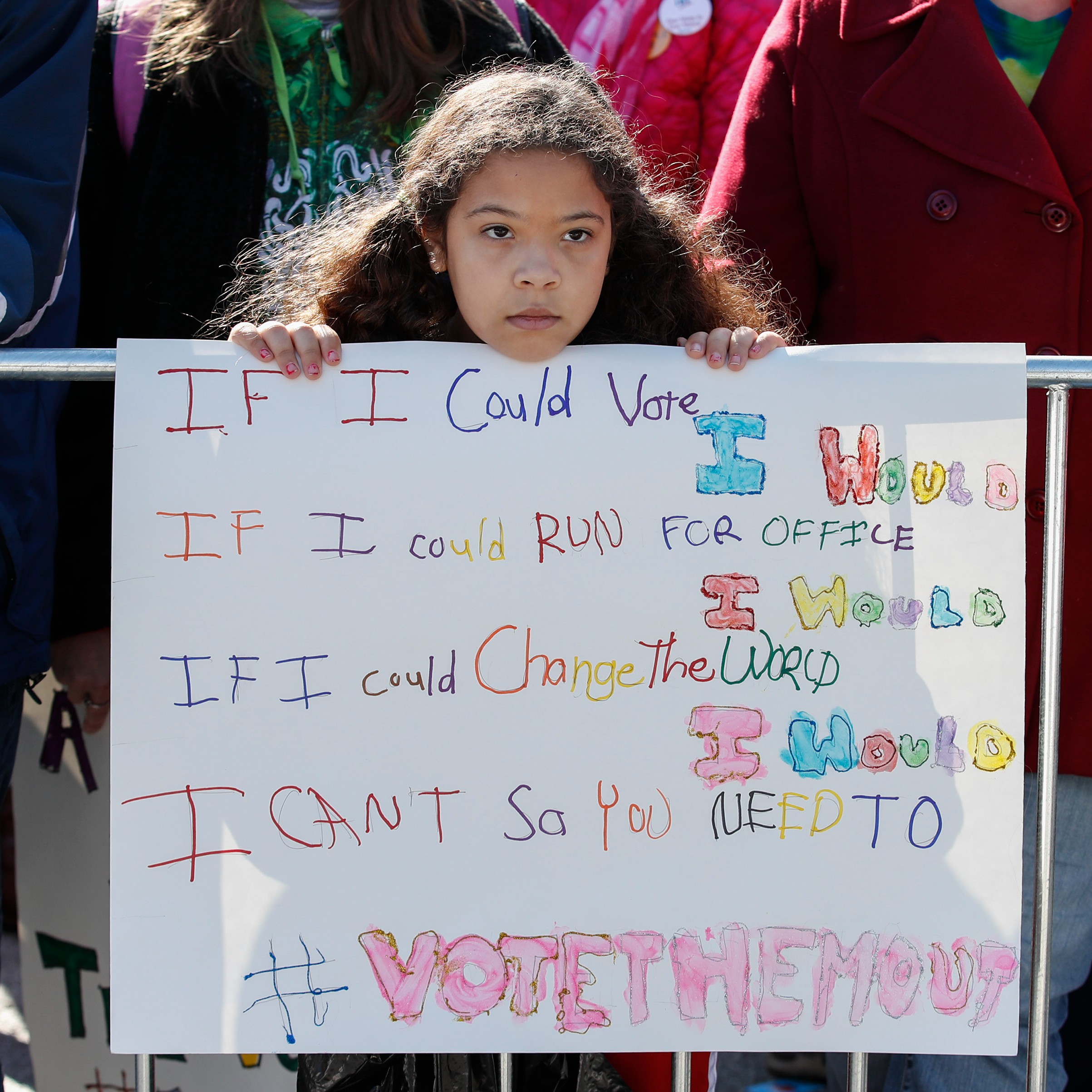 4 Ways Your Rights Are on the Ballot This Election
4 Ways Your Rights Are on the Ballot This ElectionAccording to Vice President Kamala Harris.
By Emily Tisch Sussman Published
-
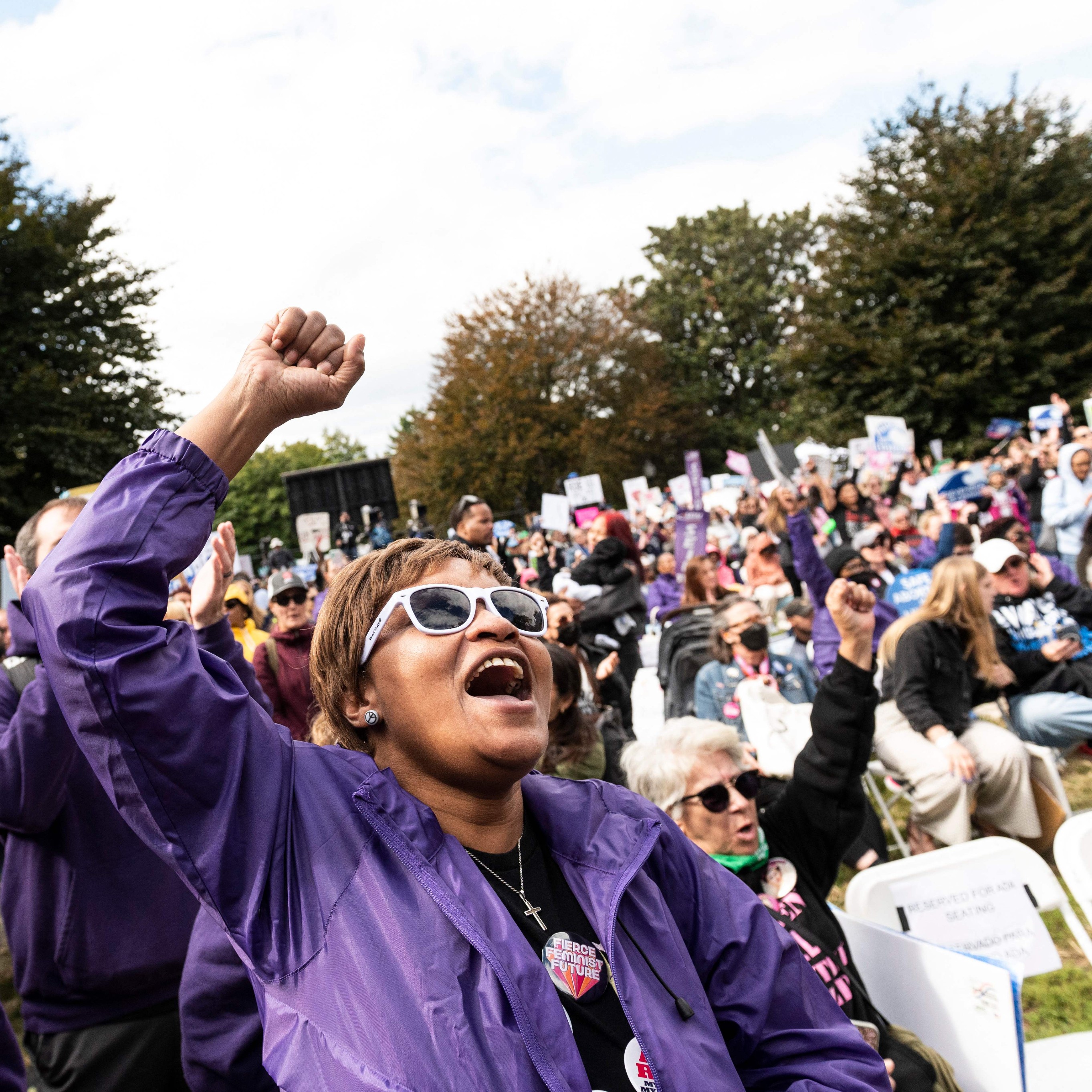 Moms Will Make the Difference in the Midterm Elections
Moms Will Make the Difference in the Midterm ElectionsA plethora of issues impacting women and children will be top of mind for moms as they head to the polls this November.
By Emily Tisch Sussman Last updated
-
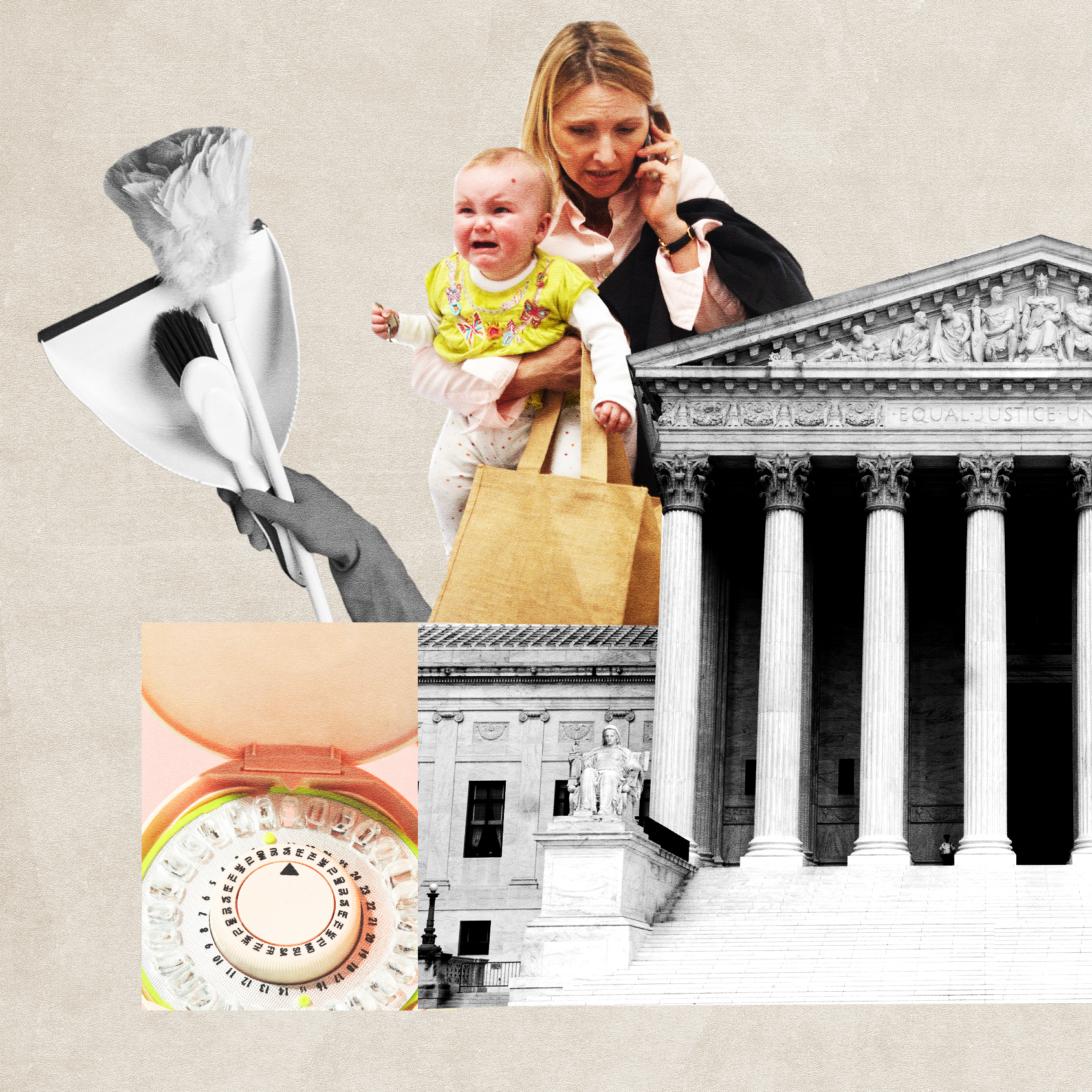 The Secret to Having \201cIt All\201d? A Society That Actually Supports Women
The Secret to Having \201cIt All\201d? A Society That Actually Supports WomenWhen asked how I \201chave it all,\201d I often cite my own hard work. But the truth is I had access to certain rights and privileges that are now under more attack than ever.
By Jo Piazza Published
-
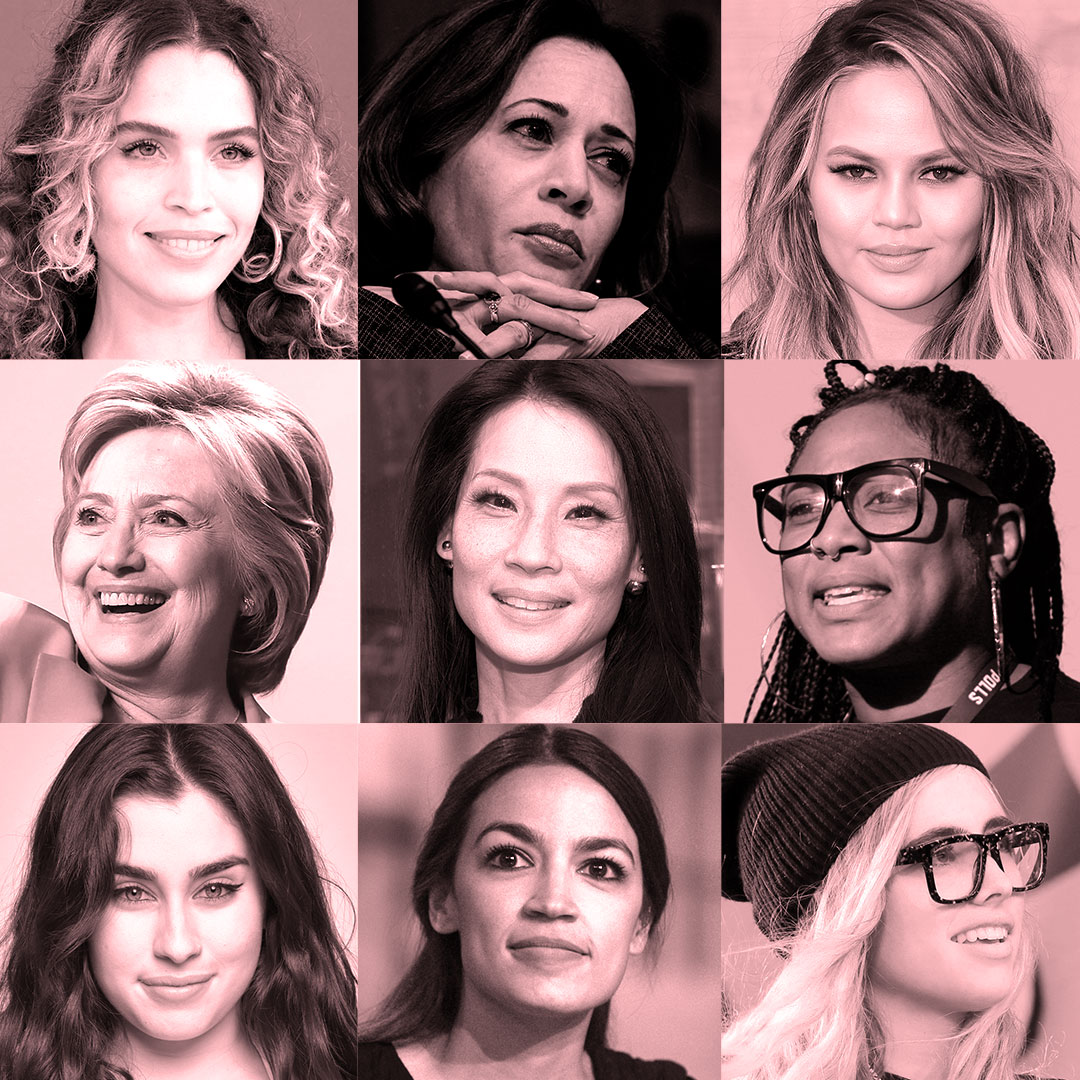 50 Influential Women on Why They're Voting in the 2018 Midterm Elections
50 Influential Women on Why They're Voting in the 2018 Midterm Elections\201cI vote because I’m American. It is my birthright. It is my super power.\201d
By Rachel Epstein Published
